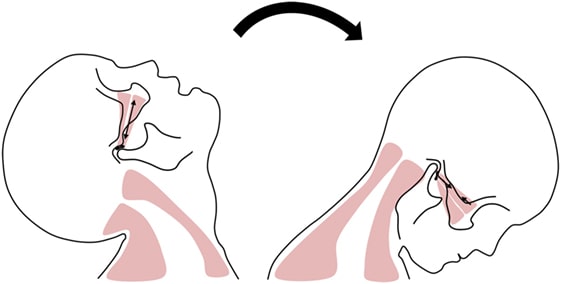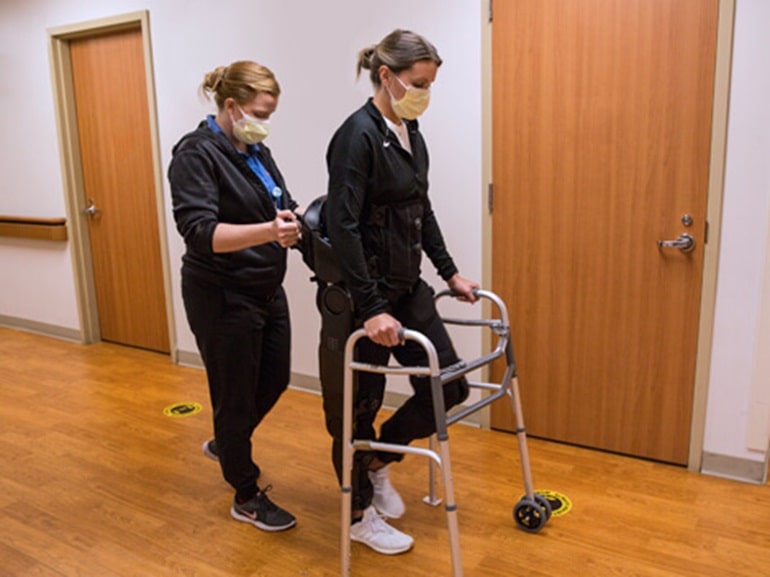Understanding Spinal Cord Injuries from Car Accidents
Whether you've been injured in an accident, are dealing with a personal injury claim, or facing another legal issue, Mendez & Sanchez APC is here to fight for you. Contact us today for a free, no-obligation consultation.
Call Us Now
Every year, millions of people around the world are injured in car accidents, with many of these accidents resulting in spinal cord injuries. Spinal cord injuries can be devastating, causing long-term disability and requiring extensive medical treatment and rehabilitation. In this article, we'll take a closer look at spinal cord injuries in car accidents, including what they are, how they occur, and what the long-term effects can be.
What are spinal cord injuries?
The spinal cord is a long, thin bundle of nerves that runs from the brain down through the spine. It carries messages from the brain to the rest of the body, controlling movement and sensation. When the spinal cord is damaged, these messages can be disrupted, leading to a loss of function in the affected areas.
Spinal cord injuries can be classified as either complete or incomplete. In a complete spinal cord injury, there is a total loss of function below the level of the injury. In an incomplete spinal cord injury, some function may be retained.
How do spinal cord injuries occur in car accidents?
Spinal cord injuries in car accidents can occur in a number of ways. The most common causes include:
- Whiplash: Whiplash is a common injury that occurs when the head is suddenly jerked forward and then backward, causing the neck muscles and ligaments to stretch and tear. This can result in damage to the spinal cord or the nerves that branch off of it.
- Direct impact: A direct impact to the spine can cause spinal cord injuries, particularly if the force of the impact is strong enough to fracture or dislocate the vertebrae.
- Penetrating injuries: Sharp objects, such as broken glass or metal, can penetrate the spinal cord and cause damage.
- Compression injuries: The spinal cord can become compressed if the spine is twisted or bent in an unnatural way, such as during a rollover accident.
- Secondary injuries: In some cases, spinal cord injuries can be caused by secondary injuries, such as bleeding or swelling in the spinal cord or surrounding tissues.

What are the long-term effects of spinal cord injuries?
Spinal cord injuries can have a number of long-term effects, depending on the severity and location of the injury. Some of the most common long-term effects include:
- Paralysis: Spinal cord injuries can cause partial or complete paralysis below the level of the injury. This can result in loss of movement, sensation, and reflexes in the affected areas.
- Loss of sensation: Spinal cord injuries can also cause loss of sensation in the affected areas, making it difficult to feel temperature, pressure, or pain.
- Loss of bowel or bladder control: Spinal cord injuries can disrupt the normal function of the bowel and bladder, leading to incontinence or difficulty urinating or having a bowel movement.
- Respiratory problems: Spinal cord injuries can affect the muscles that control breathing, leading to respiratory problems and an increased risk of pneumonia.
- Chronic pain: Spinal cord injuries can cause chronic pain, including nerve pain, muscle pain, and pain from pressure sores.
- Depression and anxiety: Spinal cord injuries can be emotionally traumatic, leading to depression, anxiety, and other mental health problems.
Treatment for spinal cord injuries:
Treatment for spinal cord injuries typically involves a combination of medical care, rehabilitation, and lifestyle modifications. The goals of treatment are to prevent further damage to the spinal cord, promote healing, and improve function.
Medical treatment may include surgery to stabilize the spine, medications to manage pain and inflammation, and treatment for any other injuries or complications.

Rehabilitation is a crucial part of the treatment for spinal cord injuries, as it helps the person regain function and independence. The goal of rehabilitation is to help the person adapt to their new level of function and develop the skills needed to live as independently as possible. Rehabilitation typically involves a team of healthcare professionals, including physical therapists, occupational therapists, and other specialists.
Physical therapy is a key component of rehabilitation for spinal cord injuries. The physical therapist works with the person to develop a personalized exercise program aimed at improving strength, flexibility, and range of motion. This may include exercises to help with standing, walking, or transferring to and from a wheelchair. Physical therapy can also help to prevent complications associated with spinal cord injuries, such as pressure sores or respiratory problems.
Occupational therapy is another important part of rehabilitation for spinal cord injuries. The occupational therapist works with the person to develop strategies for completing daily activities, such as dressing, bathing, or cooking. This may involve learning how to use adaptive equipment, such as specialized utensils or tools, or modifying the person's living environment to make it more accessible.
Speech therapy may also be needed for people with spinal cord injuries who have difficulty speaking or swallowing. The speech therapist works with the person to develop strategies for communicating and swallowing safely.
Other specialists may also be involved in the rehabilitation process, depending on the person's specific needs. For example, a respiratory therapist may be involved if the person has respiratory problems, while a psychologist may be involved to help the person cope with the emotional impact of their injury.
Rehabilitation for spinal cord injuries can be a long and challenging process, requiring a great deal of patience, determination, and hard work. However, with the right care and support, many people with spinal cord injuries are able to achieve a high level of independence and quality of life. It's important to work closely with your healthcare team and to stay committed to your rehabilitation program in order to achieve the best possible outcomes.
If you have any questions or concerns regarding the topic from a legal perspective, feel free to contact our legal team!



